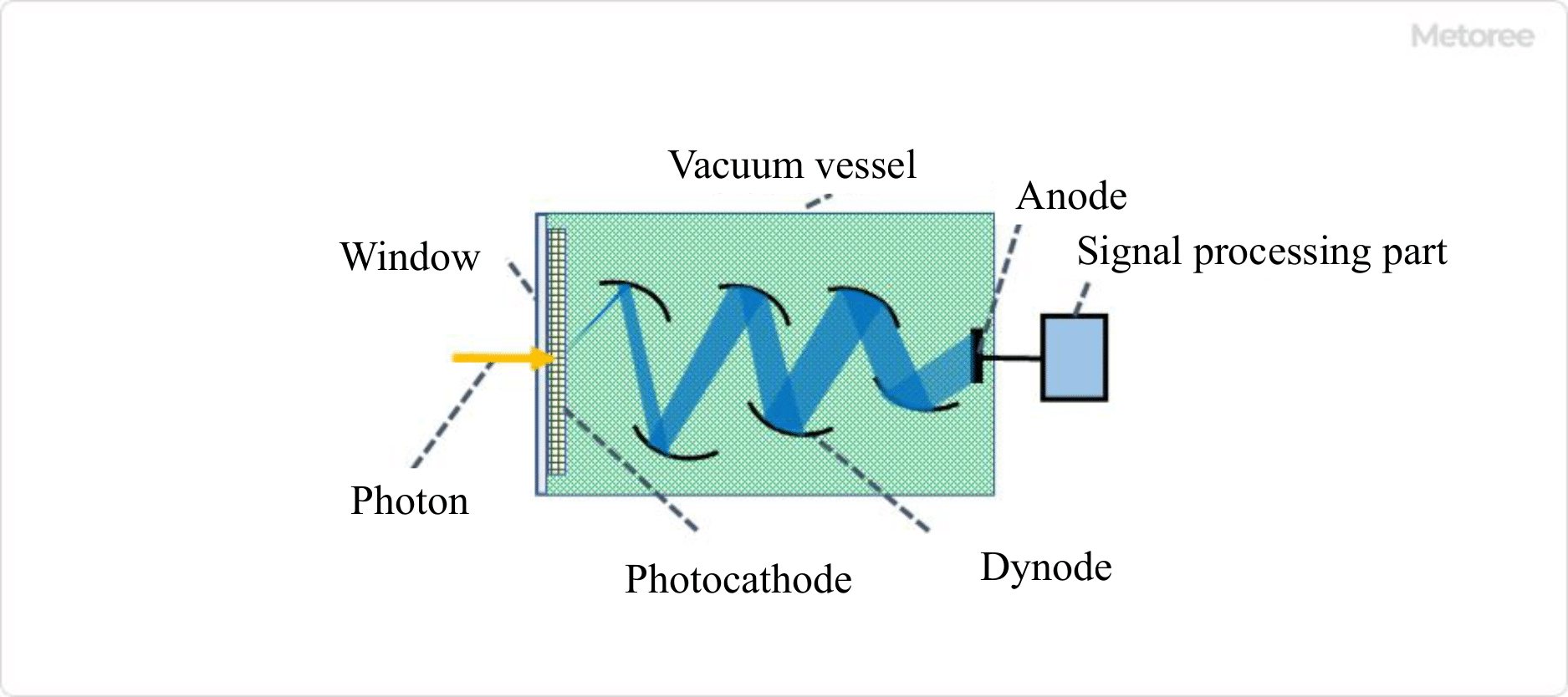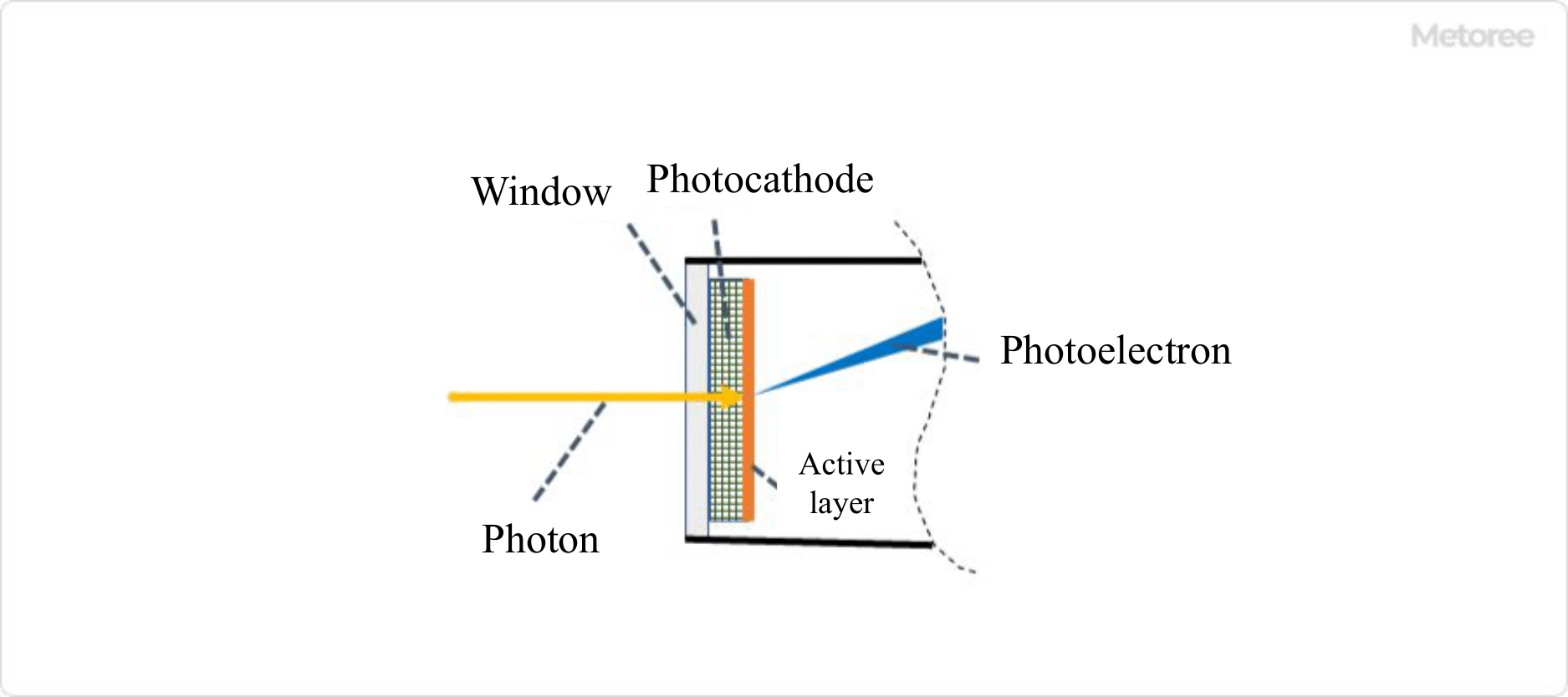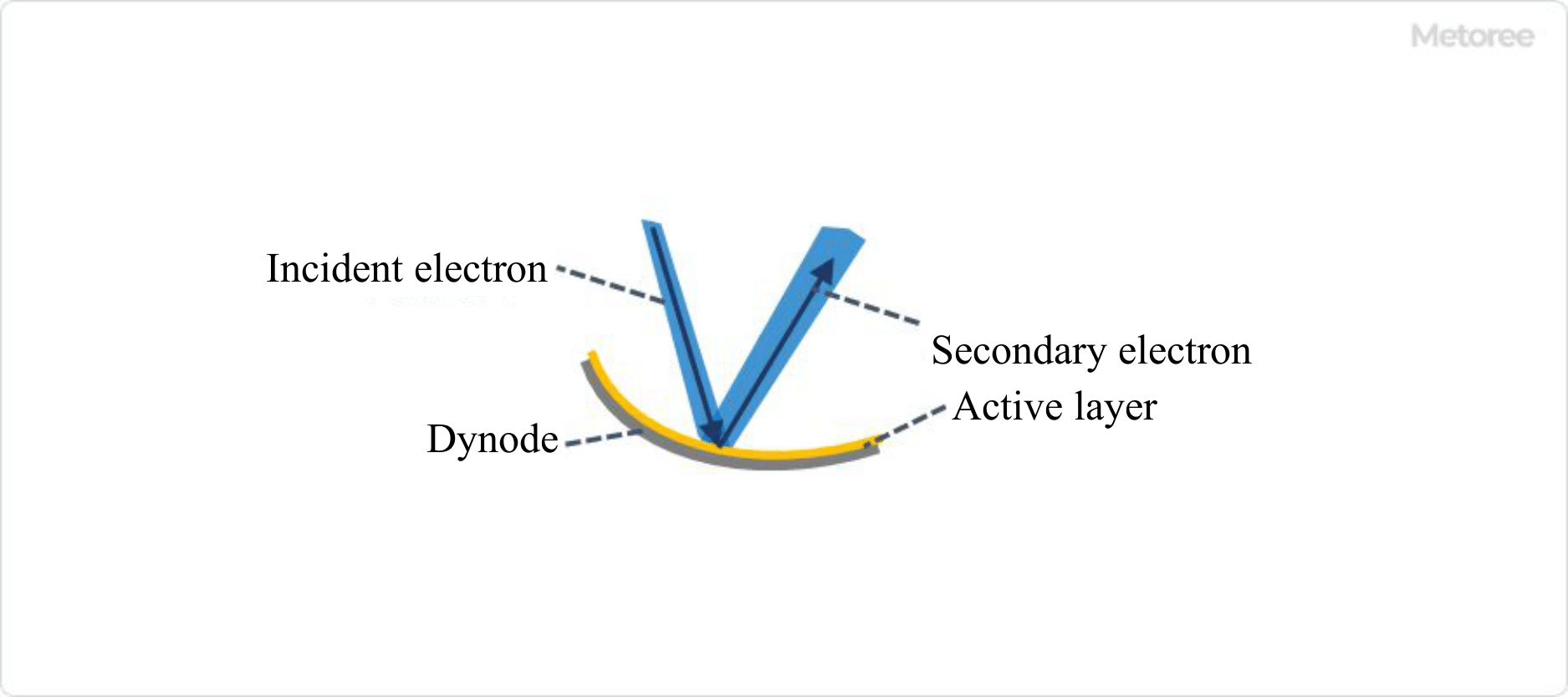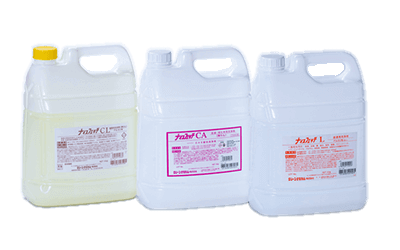What Is a Measuring Gauge?
 Measuring gauge is a general term for measuring instruments with reference dimensions, angles, shapes, etc.
Measuring gauge is a general term for measuring instruments with reference dimensions, angles, shapes, etc.
It is mainly used in the manufacturing process to determine if the machined dimensions, etc., are acceptable or not. Measuring gauges are not calipers or micrometers that measure dimensions. It is a tool to determine whether the dimensions of an object to be inspected are within the standard range.
When measuring dimensions with a measuring instrument, the speed and quality of the inspection process can vary depending on the skill level of the inspector. However, using a Measuring Guage, it is easy to determine whether a product is acceptable or not. Differences in operator skill are less likely to appear, and the gauges are easy to handle.
In addition, measuring gauges can be used not only for on-site inspections but also for quality control between different companies. The same gauges as those used in the company can be handed over to sub-contractors, and the same dimensional control can be performed between the two companies by simply telling them to use the gauges for control.
Uses of Measuring Gauges
Measuring gauges are used in industrial product manufacturing lines. They are used during the manufacturing process and in final inspections to check whether the machined parts and dimensions quickly that are important to the function of the product are within specifications.
In addition, measuring gauges with a set of multiple sizes, such as pin gauges and crevice gauges described below, can be used to check the approximate size of the inside diameter of a very narrow gap or a relatively small hole.
Principle of Measuring Gauges
A measuring gauge is finished to a standard dimension. By placing a measuring gauge finished to the standard dimension over or through the part to be inspected, it is possible to determine whether the size of the part to be inspected is larger or smaller than the measuring gauge.
For example, if a 5 mm diameter finished Measuring Guage can pass through a machined hole that requires a 5 mm diameter, the diameter of the machined hole can be judged to be larger than 5 mm diameter. Furthermore, if a measuring gauge finished to 5.1 mm in diameter cannot pass through the hole, the inside diameter of the machined hole can be judged to be smaller than 5.1 mm in diameter.
By comparing the machined part at the manufacturing site with a measuring gauge whose dimensions are known, it is possible to determine quickly whether the finished dimensions are within the standard range without using a measuring instrument, such as a caliper.
Types of Measuring Gauges
There are various types of measuring gauges. The main types of measuring gauges are as follows:
- Block Gage: A “length” standard used to check the accuracy of measuring instruments.
- Skimmer Gauge: Gauges used to measure the dimensions of the gap between two surfaces.
- Welding Gauges: Gauges capable of making a wide variety of welding-related measurements.
- Angle Gauges: Gauges used for angle inspection.
- Pitch Gauges: Gauges used to check the pitch of screws.
- Filler Gauges: Gauges used to measure the dimensions of narrow gaps.
- Taper Gauges: Gauges used to measure gaps and hole diameters.
- Center Gauges: Gauges used to check the angles of turning tool cutting edges when threading on a lathe.
- Radius Gauges: Gauges used to inspect the radius (curved part) of a product.
- C-Face Measuring Gauge: Gauge used to measure the size of the C-face after C-chamfering.
- Pin Gauges: Gauges used to measure the diameter of holes.
Other Information on Measuring Gauges
Precautions for Handling Measuring Gauges
Materials, not just measuring gauges, will change dimensions depending on temperature. When handling measuring gauges, make sure they are not extremely heated or cooled. The same applies not only to measuring gauges but also to inspection objects.
In addition, in inspections that are used repeatedly, there is a possibility that wear may occur on the parts that rub against each other over a long period. Measurement gauges, like measuring instruments, should be calibrated periodically to check for dimensional accuracy.




